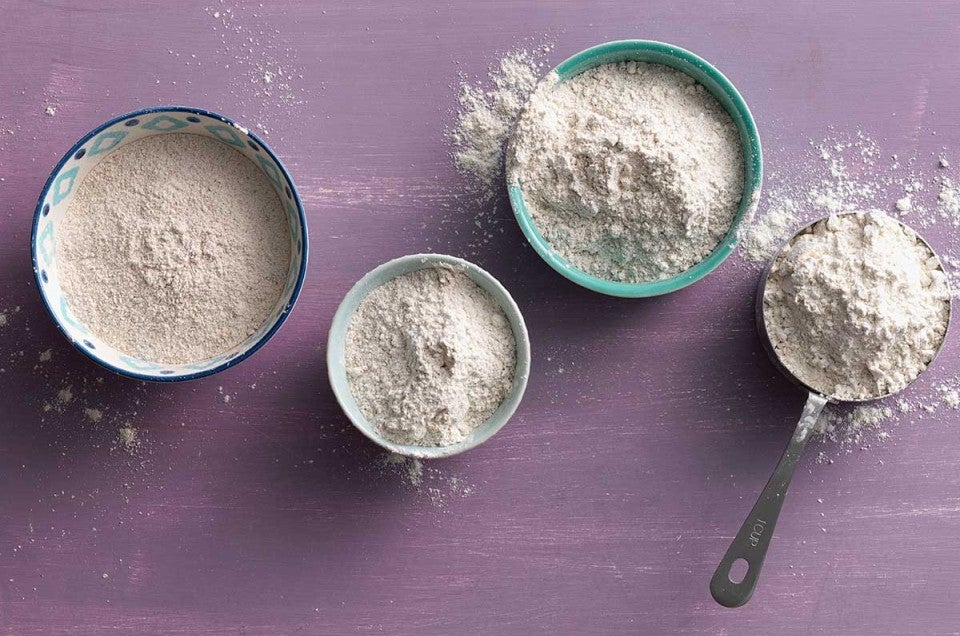


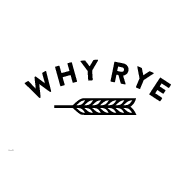 Over the next few weeks, we're celebrating rye flour and all the baking possibilities it offers, from complex flavor to surprising versatility. Join us each week as we explore just why you should be baking with rye.
Over the next few weeks, we're celebrating rye flour and all the baking possibilities it offers, from complex flavor to surprising versatility. Join us each week as we explore just why you should be baking with rye.
If you’re looking to add another dimension to your baking, look no further than rye flour. Milled from rye kernels (also called rye berries), the flour has a fresh, nutty flavor that distinguishes it from the wheat flour you likely use to bake. With all sorts of flavor and texture possibilities, it’s totally swoon-worthy.
But! The wonderful world of rye can quickly get confusing. Scan a supermarket shelf, and you might become overwhelmed by the different names and colors printed on flour bags.
White vs. dark rye? How does medium rye relate? And what in the world is pumpernickel flour?
Not to fear. We’re here to break things down and provide a guide to navigating rye flour. With this rye primer, you'll learn the difference between various flours and choose the one that best suits your baking needs.
First, it’s important to understand just how rye flours are categorized. Similar to wheat flour, different rye flours are determined by how much of the rye kernel — i.e., the endosperm, bran, and germ — is present. The more rye kernel there is, the darker the flour. This also means a more intense rye flavor and often a denser texture in your final baked goods.
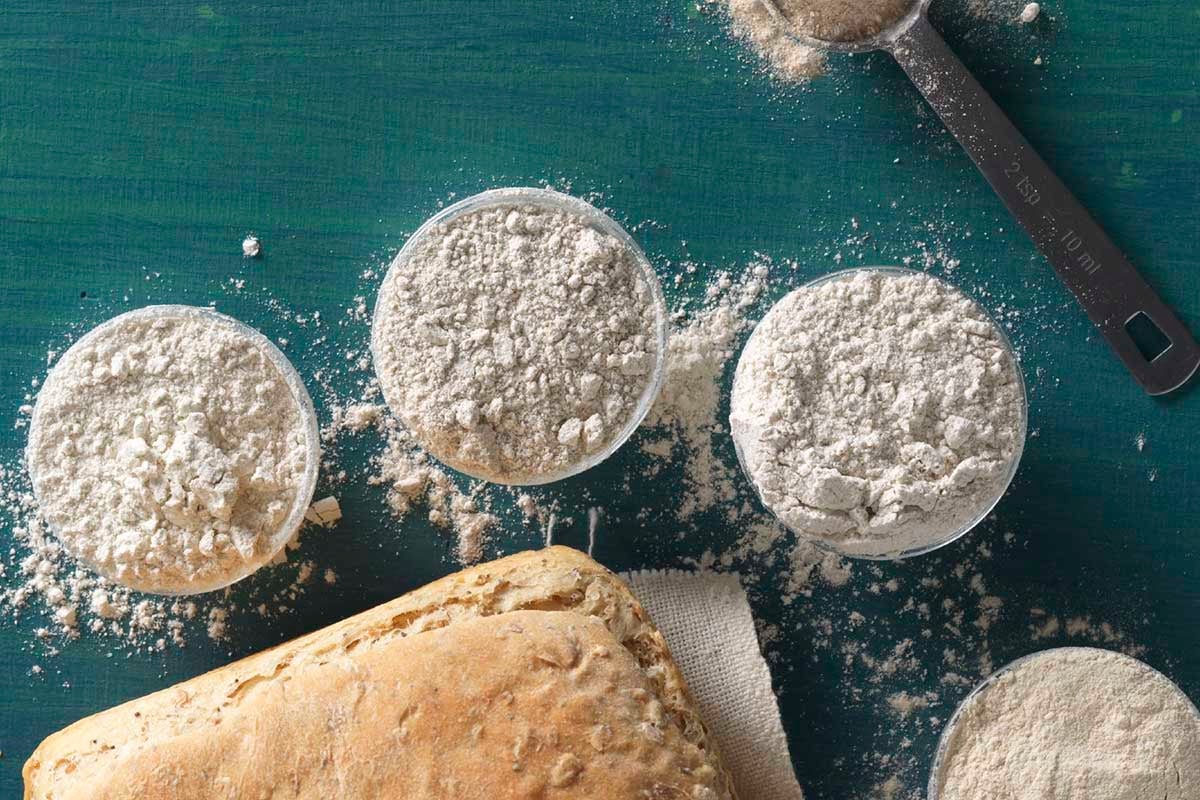
For reference, here’s a quick breakdown of the three parts that make up a rye kernel (and all other whole grains):
White rye flour, as the name implies, is the lightest version of rye flour. It’s also sometimes referred to as “light rye.” In white rye flour, the bran and germ are completely removed, and the flour contains only the starchy endosperm of the rye kernel. Without that bran and germ to weigh things down, this flour can create light, airy loaves that are miles away from the dense, heavy rye breads you might be familiar with. This flour has just a subtle rye flavor, adding more of a pleasant hint of complexity than overwhelming rye taste.
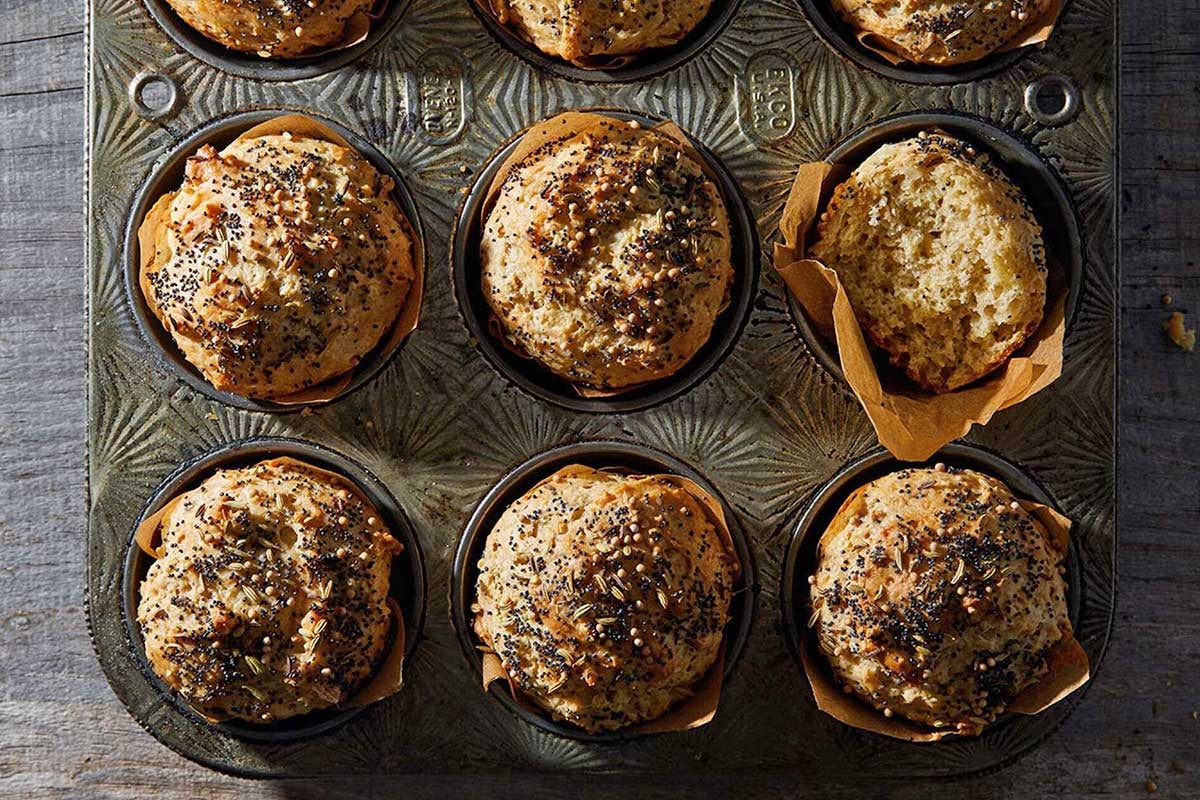
Medium rye flour contains more of the bran than white rye, leading to a darker color and more robust rye flavor. At the same time, it’s not weighed down by the germ or too much bran like darker rye flours, so it can still be used in delicate doughs or tender tarts. In a way, medium rye flour offers the best of all worlds in baking — it has the lighter texture and versatility of white rye, as well as the hearty, complex flavor of whole grain rye flours.
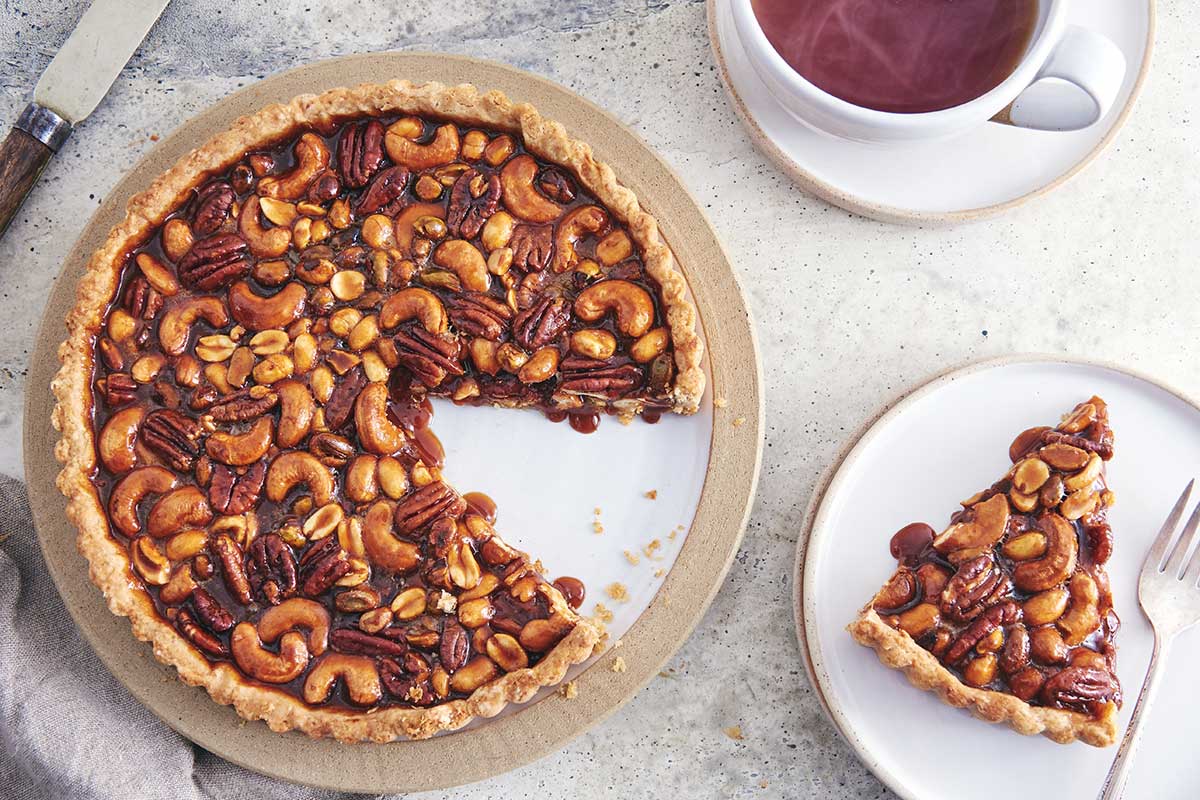
Here’s where things can get confusing. Dark rye flour can differ among producers. Usually, it’s milled from the entire rye kernel — all of the bran, germ, and endosperm — making it a whole grain rye flour. However, some dark rye flours have parts of the bran sifted out or contain little of the endosperm. Without a standard classification, different options can vary, making it difficult to pinpoint exactly what you’re getting. So if you’re looking for a whole grain rye flour, count on ...
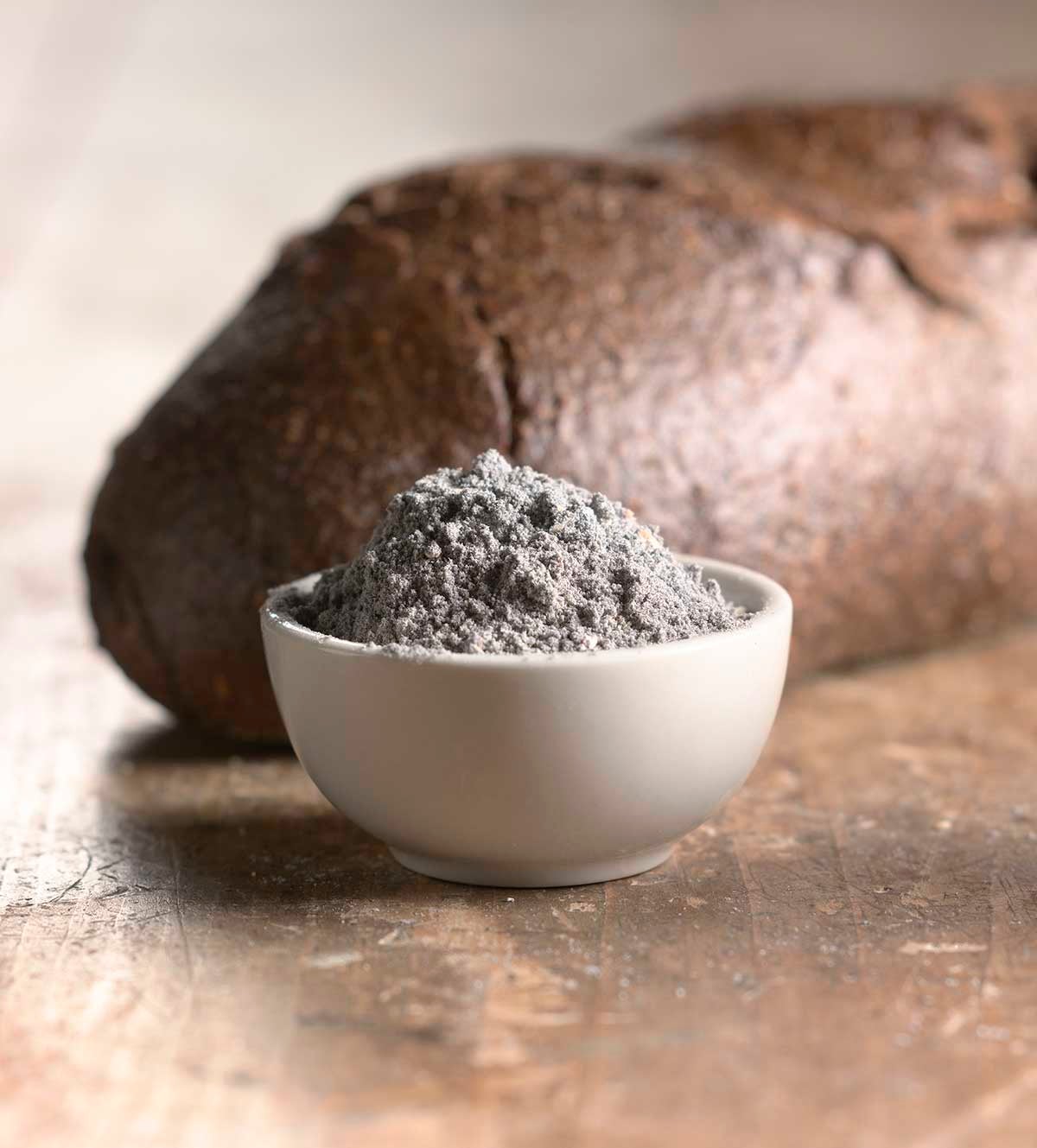
Pumpernickel flour contains all of the bran, germ, and endosperm of the rye kernel. As a result, it has an even darker color than medium rye and can alternately be known as “rye meal” or “whole rye flour.” With all the mineral-rich goodness of the whole rye berry, pumpernickel flour has an assertive, complex flavor that really shines through. This is also the kind of rye flour you’ll usually find in sourdough recipes, as it’s best for fermentation. Because the whole kernel is present in this whole grain rye, pumpernickel flour is coarser than white or medium rye and makes heavier baked goods.
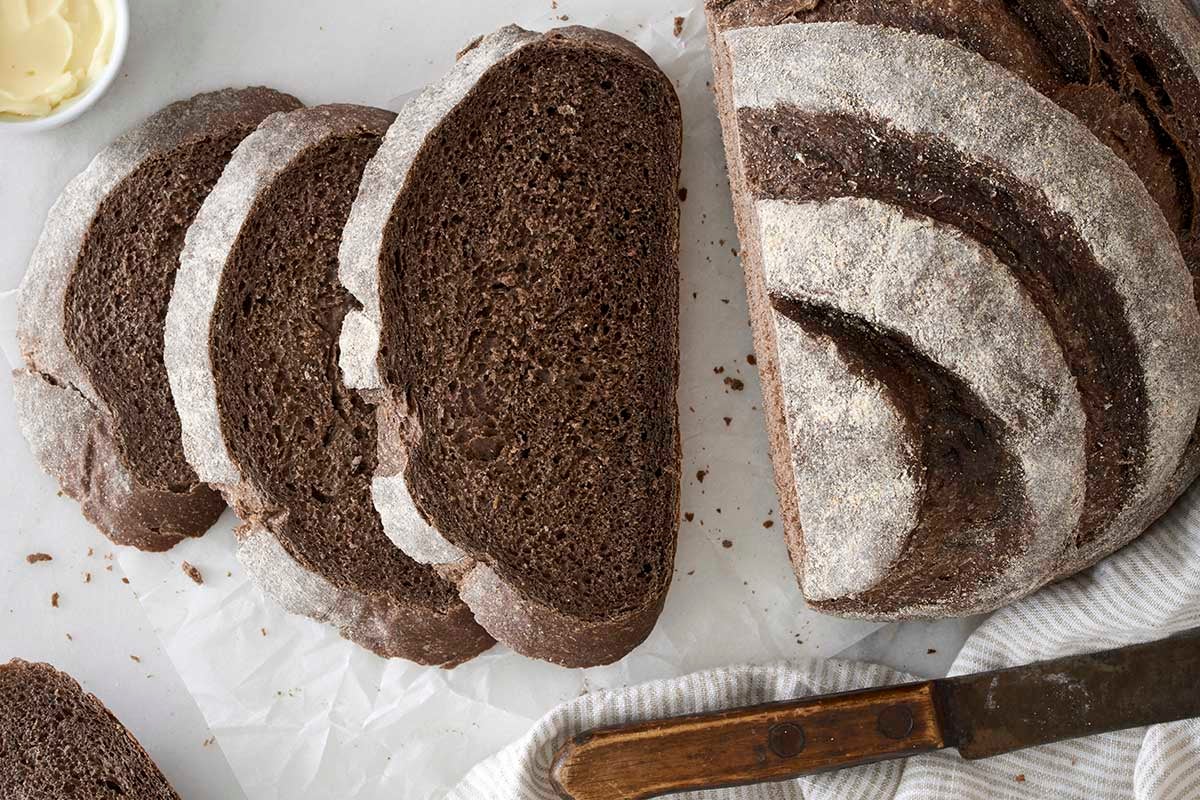
Some recipes are written for specific rye flours, like Spiced Rye Ginger Cookies, which use medium rye for the perfect balance of assertive flavor and chewy texture.
Other times, it’s all up to you! As the baker, you can use the rye flour that provides what you’re looking for. Want strong, powerful rye flavor? Pick pumpernickel. Maybe you’re seeking a lighter texture? White rye is the way to go. And if you want both — complex rye flavor without a dense, heavy baked good — our Organic Medium Rye is your best bet.
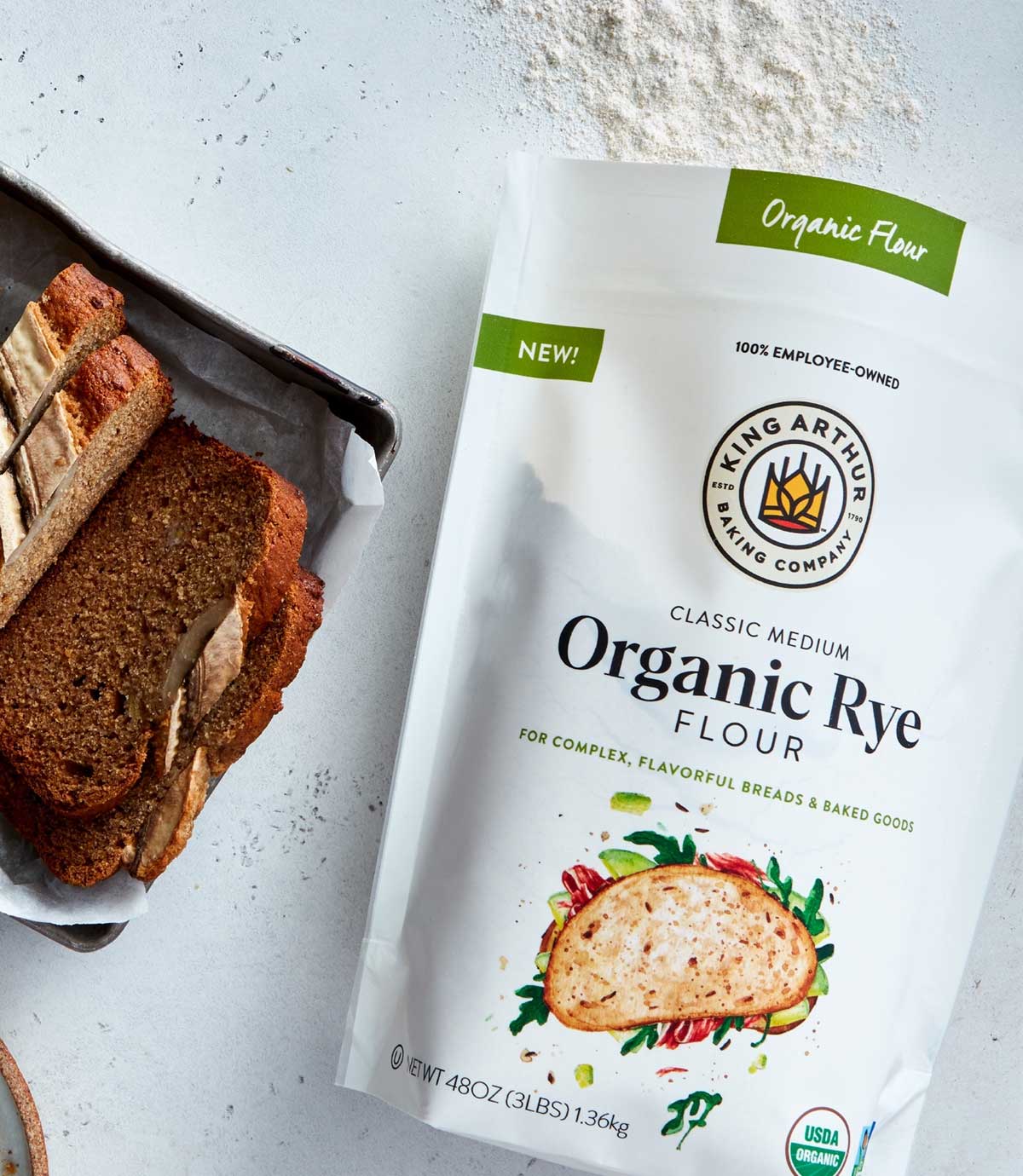
As a result, if you only want to keep one bag of rye flour in your kitchen (I get it, pantries are only so big), we recommend sticking with our medium rye. Because it's so versatile, it can be used in almost any recipe calling for rye flour, from tender tarts to chewy cookies, and just about everything in between.
Explore some of our favorite recipes for showcasing the flavors and textures of rye, and keep an eye out for more blog posts coming this month on why you should be baking with rye!

